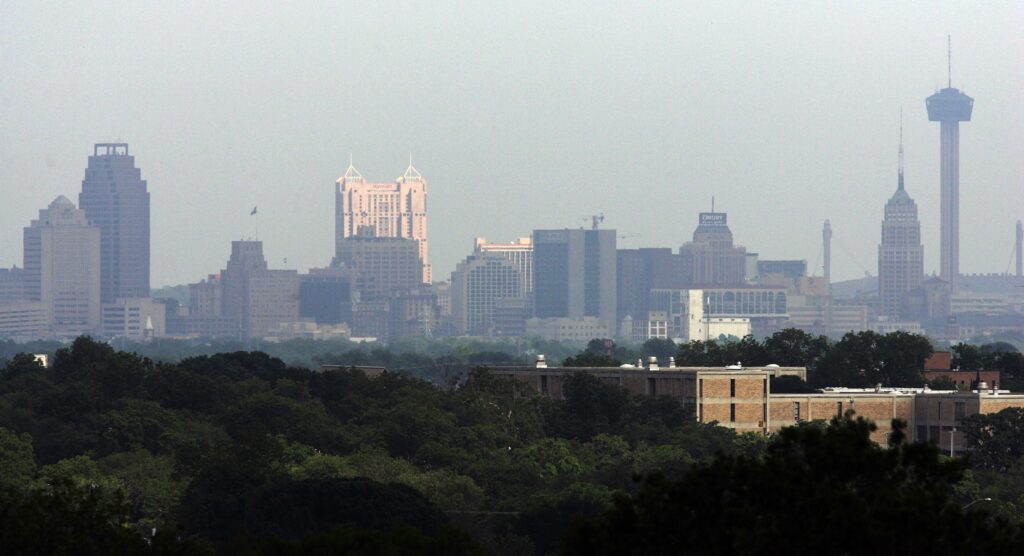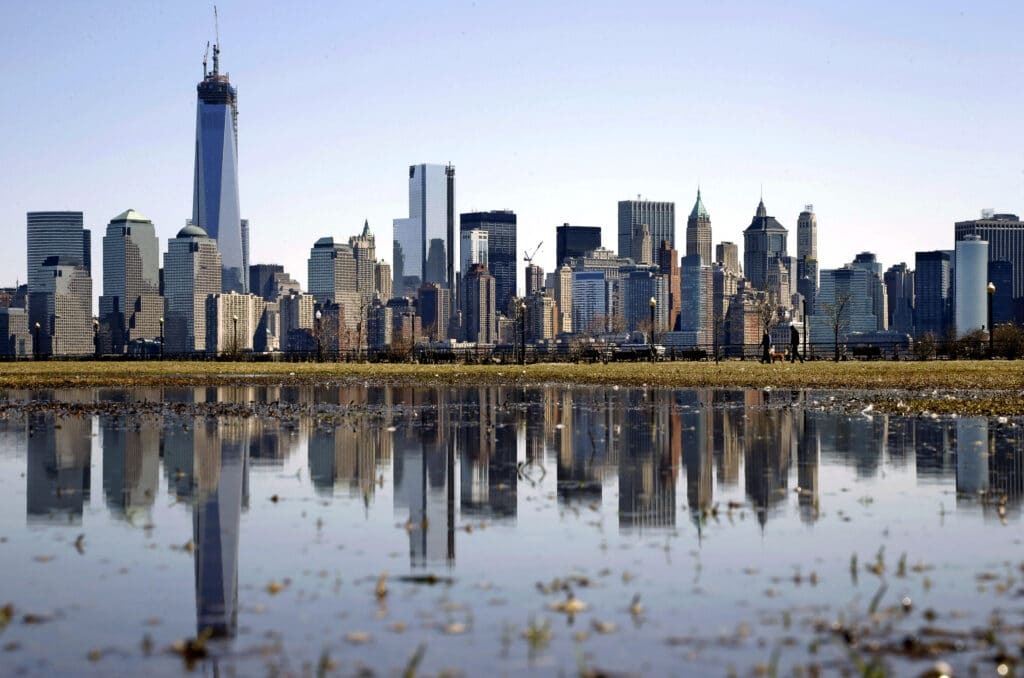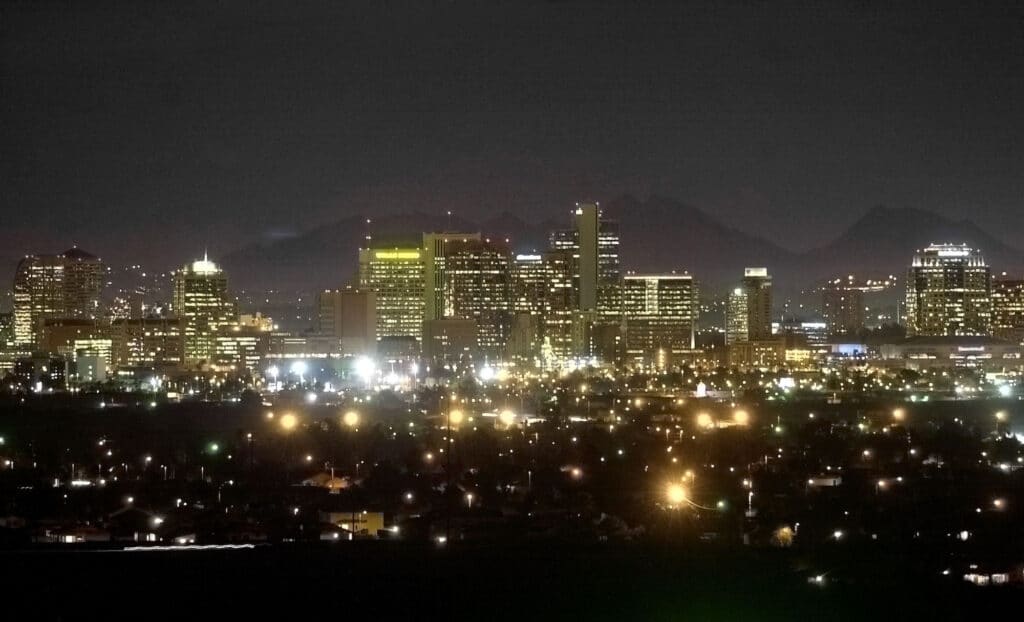The number of individuals saying goodbye to metropolises such as NYC, has many factors, but one can’t help to think if politics is playing a huge role in the mass exodus, not that people are necessarily changing their political stripes, but just disgusted with the inability, or unwillingness of most big city politicians to tackle big problems like crime, racial tensions, and over taxation. The pandemic caused many to re-think where they reside, not just the displeasure with COVID restrictions placed upon them by big city mayors, but a small expansion of virus cases in a city, can quickly spread to infect wide areas. As reported by the AP:
Eight of the 10 largest cities in the U.S. lost population during the first year of the pandemic, with New York, Los Angeles and Chicago leading the way, all Democratically controlled
Ko Im always thought she would live in New York forever. She knew every corner of Manhattan and had worked hard to build a community of friends. Living in a small apartment, she found her attitude shifting early in the pandemic. After her brother accepted a job in Seattle in the summer of 2020, she decided to move there too.

“It was fine until it wasn’t,” said I’m, 36. “The pandemic really changed my mindset about how I wanted to live or how I needed to live.”
Eight of the 10 largest cities in the U.S. lost population during the first year of the pandemic, with New York, Los Angeles and Chicago leading the way. Between July 2020 and July 2021, New York lost more than 305,000 people, while Chicago and Los Angeles contracted by 45,000 residents and 40,000 people, respectively.
Although San Francisco’s not among the 10 largest cities, almost 55,000 residents left that city, or 6.3% of its 2020 population, the highest percentage of any U.S. city.
Among the 10 largest U.S. cities, only San Antonio and Phoenix gained new residents, but they added only about 13,000 people each, or less than 1% of their populations, according to 2021 vintage population estimates.
Justin Jordan’s move to Phoenix a year ago was motivated by a job offer paying him more money than the one in Moundsville, West Virginia, where he had been living. He has had to adjust to 110-degree Fahrenheit (43.3 degree Celsius) temperatures and unwieldly traffic.
“I love the weather, the atmosphere, and all the stuff to do,” said Jordan, 33, a senior operations manager for a business services firm.
Austin and Fort Worth in Texas; Jacksonville, Florida; Charlotte, North Carolina; and Columbus, Ohio also registered modest population gains.
In March, the Census Bureau released estimates for metro areas and counties showing changes from mid-2020 to mid-2021. The estimates released Thursday offer a more granular perspective. For instance, the March data showed metro Dallas had the largest population gain of any metro area in the U.S., adding more than 97,000 residents, but Thursday’s estimates show the city of Dallas lost almost 15,000 residents. The growth occurred in Dallas suburbs like Frisco, McKinney, and Plano.

Reasons for population changes vary from city to city, driven by housing costs, jobs, births and deaths. The pandemic and the lockdown that followed in spring 2020 made living in a crowded city less appealing for a time, and those who could leave — workers who could do their jobs remotely, for example — sometimes did.
Brookings Institution demographer William Frey said he believes the population declines in most of the largest U.S. cities from 2020 to 2021 are “short-lived and pandemic-related.”
When it came to growth rates, as opposed to raw numbers, the fastest-growing cities with populations of at least 50,000 residents were in the suburbs of booming Sunbelt metro areas. They included Georgetown and Leander outside Austin; the town of Queen Creek and the cities of Buckeye, Casa Grande and Maricopa, outside Phoenix; the city of New Braunfels, outside San Antonio; and Fort Myers, Florida. They had growth rates of between 6.1% and 10.5%.
As metro Austin has grown by leaps and bounds, so has Georgetown, located more than 25 miles (40 kilometers) north of the Texas capital, said Keith Hutchinson, the city’s communications manager. The city grew by 10.5%, the most in the nation last year, and now has 75,000 residents.
“It’s not really a surprise,” Hutchinson said. “People are moving here for jobs.”
The estimates also showed population declines of 3% to 3.5% in New Jersey cities outside New York, such as Union City, Hoboken and Bayonne. Similar declines occurred outside San Francisco in Daly City, Redwood City and San Mateo, as well as Cupertino in Silicon Valley.
Lake Charles, Louisiana, which was devastated by Hurricane Laura in 2020, lost almost 5% of its residents, the second-highest rate in the U.S. behind San Francisco.
Though the Category 4 storm was the driver there, elsewhere, the pandemic created opportunities to move. Andrew Mazur, 31, had been wanting for some time to leave Philadelphia for South Florida where he grew up, and the chance to work remotely in his job at a large professional services firm arrived in November 2020. He joined almost 25,000 residents who left Philadelphia between 2020 and 2021.

Although he now needs a car to get around, Mazur loves golfing every weekend and going to the beach. He recently moved out of his parents’ home, getting his own apartment in Fort Lauderdale. He made the move official three weeks ago by obtaining a Florida driver’s license.
“I’m not going back. It has been great,” Mazur said. “Philly, New York, Chicago — tons of people from there are moving down here.”
By MIKE SCHNEIDER
Follow Mike Schneider on Twitter at https://twitter.com/MikeSchneiderAP






